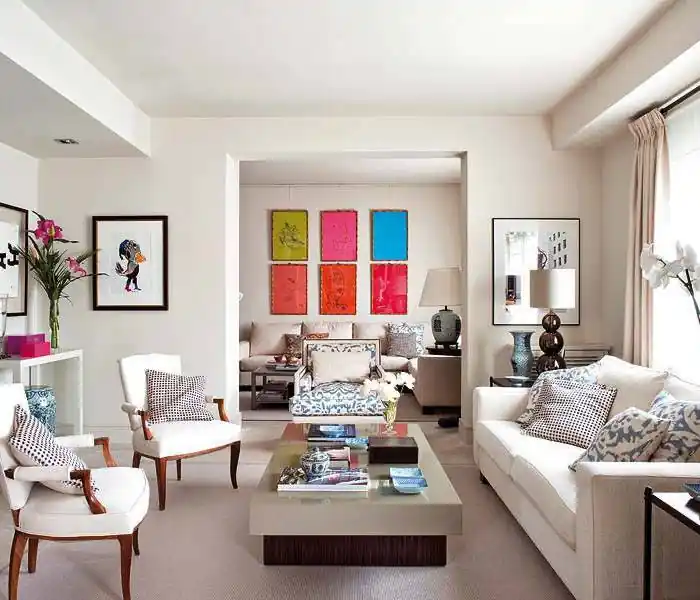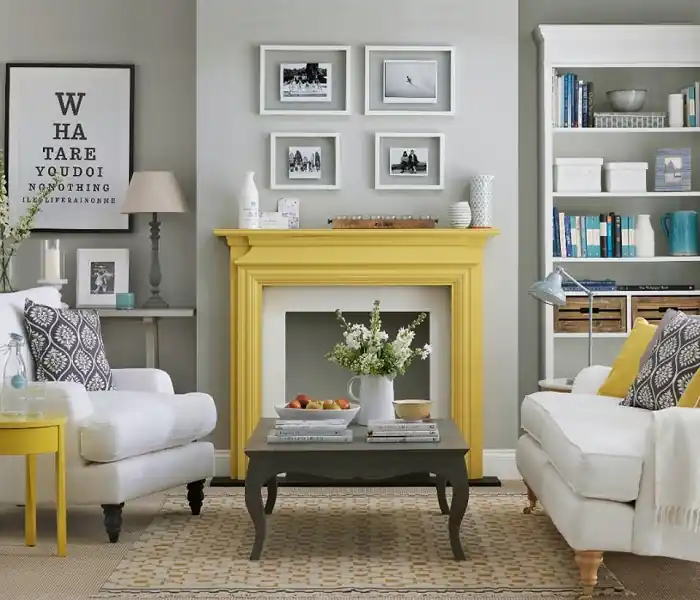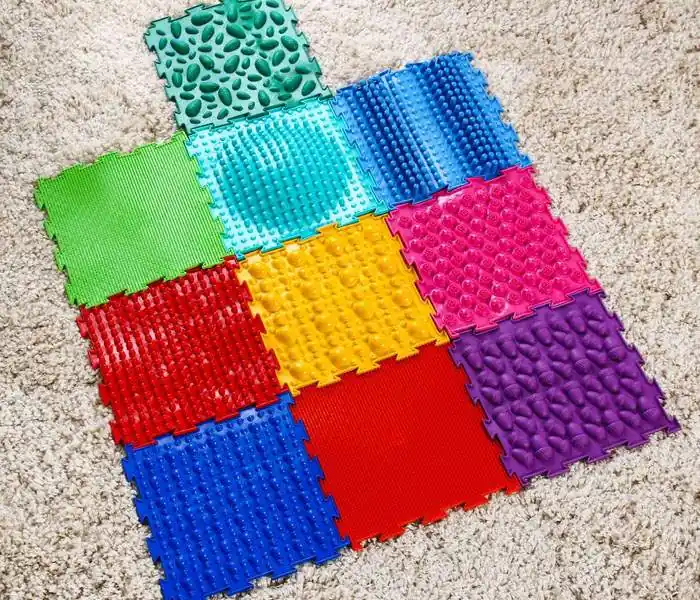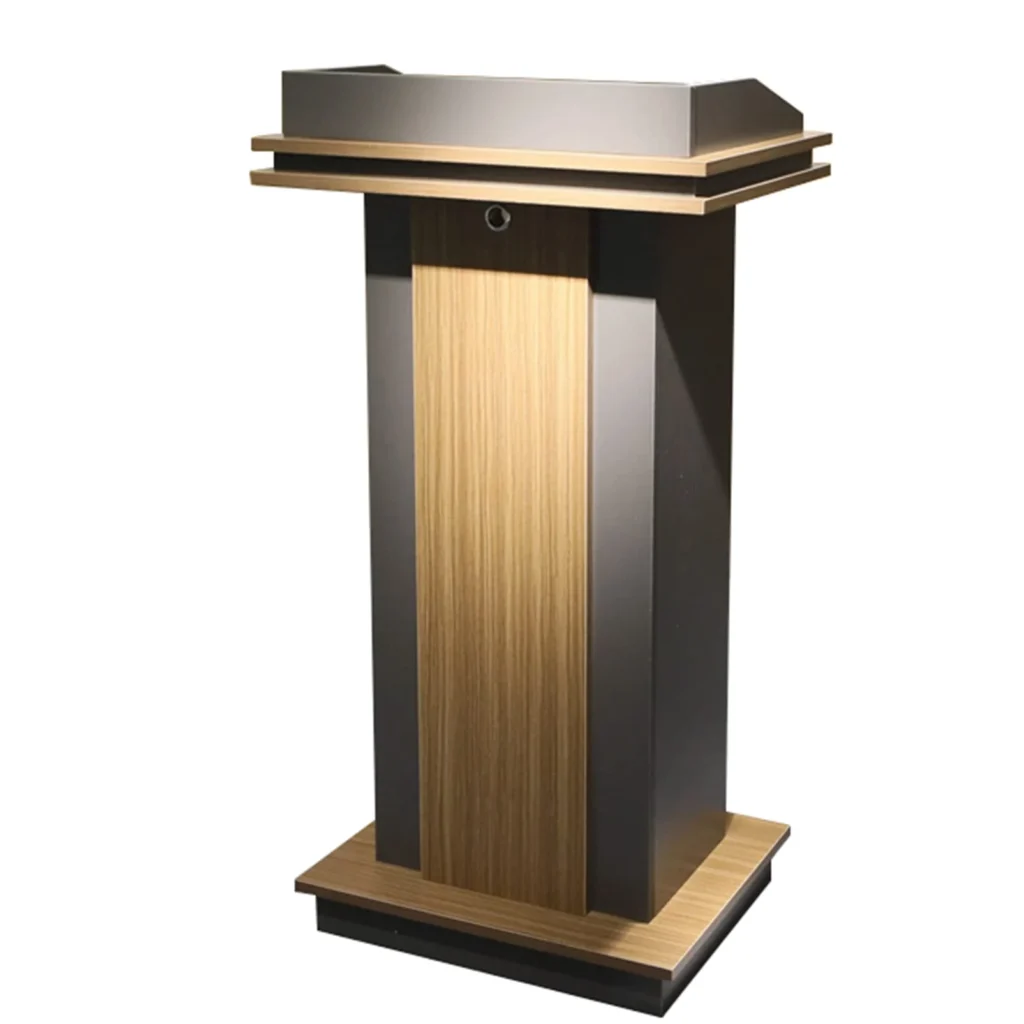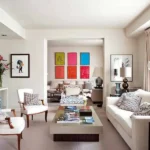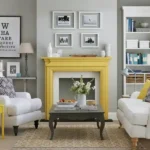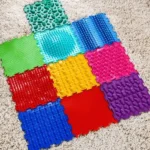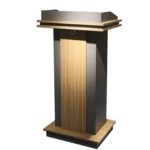Persian or, more fittingly, Iranian rugs by the proper name, are more than luxurious floor coverings. For centuries, these rugs have done much more than protect floors; they are emblems of history and a living testament to artisanship. In this blog post, we discuss how Iranian carpets are such a treasure across the globe!
What Is So Good About Iranian Rugs?
A History That Spans Centuries
Iranian rugs have been around for over 2,500 years. These ancient practices make them a couple of the oldest known hand-woven textiles in the world. During their reign from 1501–1736, Sassanid, Iran, was accompanied by the expansive establishment and blossoming craft supremacy art during that excellent Safavid dynasty age.
These carpets attracted particular attention because they were more than functional; they, too, had traded them. Their designs are incredibly detailed and of better quality than what European manufacturers could offer then. Another status associated with exotic tapestry was Gingiss Khanned; owning a Persian rug conveyed the stink of luxury and success. Unique features among all the rugs of the world, this history adds a unique layer to these area rugs.
Unmatched Skill
The art techniques used for producing these Persian rugs are considered superior. Every carpet is hand-knotting to perfection, from months up until years. Practice various knots, such as the Persian or Senneh knot- a tighter and more complex small string design. Iranian weavers are masters of their craft, and given the trade has been passed down through generations, let them show you how by checking out 19 DIY Rug Ideas. They follow every detail very closely, which makes each rug a masterpiece. Each is made by hand, requiring every knot to be tied individually and making each rug unique (and of the highest quality).
Two lovely products of this weaving process are Iranian rugs’ high knot density. High knot density is a sign of quality that results in more intricate patterns and extended durability, so collectors and interior designers desire them.
Unique Colors Patterns
- Iranian rugs have a more unique and more extensive design. The designs will differ significantly depending on which area rug is produced. Tribal rugs from Qashqai and Bakhtiari are characterized by their broad geometric totems, whereas city rugs like Isfahan or Tabriz have detailed floral and curvilinear motifs.
- These patterns are cultural symbols that Iranian carpet weavers use to convey their feelings. The most commonly used motifs are trees of life, animals and flowers, and medallions with their meaning. Suppose you have ever noticed the intricate designs of any of the people who belong to these communities. In that case, they make those people look great in their clothes and even add a cultural and religious aspect for that person.
- These dyes, which come from natural plants, insects, minerals, etc., make these rugs colourful and beautiful but also pathetic. These dyes wear well, with a tendency to intensify or even become more beautiful with age and use—a mark of genuine Persian rugs.
High-Quality Materials
This is a result of the materials used in making an Iranian rug. They are usually made of fine-quality natural materials such as wool, silk, and cotton and therefore need careful cleaning. The wool they use is often hand-spun and taken from local sheep—these produce nice, soft, durable wools that take dye brilliantly.
Silk is sometimes used in the finest area rugs to add sheen and detail to a carpet. This is one factor that affects a rug’s life expectancy and durability. It has a long list of things to Wear. An Iranian carpet that is properly maintained can last a lifetime.
Cultural Impact And Narrative
Any of us will be able to recognize any Iranian rug and know it as more than just a pretty little furnishing, but rather an ancient storyteller. Typically, the designs and colours contained in these rugs are a reflection of life around the weaver, her environment, and the cultural heritage in which she lives. The common motifs of tribal rugs are usually geometric shapes and signals, representing the weaver’s nomadic lifestyle; in contrast, city rugs might display designs depicting Persian mythology, history or literature.
Iranian rugs are a source of cultural expression and preserve the traditions and stories that resonate within Iranian society. Owning an Iranian rug means possessing a piece of history, and one that is highly coveted among art collectors.
Investment Value & Collectability
Additionally, Iranian rugs have earned a reputation as great investments. Their craftsmanship is top-notch, and the unique designs need high-end care so that most Audemars Piguet will increase in value over time. Antique carpets, especially antique Persian rugs, can be quite valuable and frequently fetch prices at auction that are well over what one would pay for a modern mass-manufactured rug.
Persian rugs need high-value preservation, depending on their age and the rareness of their colour and shape designs. Those that are considered older in certain regions of the world where carpet weaving is common, with cities and areas like Isfahan, Tabriz, or Kashan being heavy on this attribute, are especially destroyed. Their value rises as they become rarer, making them beautiful to own and an investment in your home.
Conclusion
Beautiful, Comfortable And More… Iranian rugs are unique treasures. An archaeological wonder, they represent the incredible talent of artisans and ancient cultural values. This is both figurative and adds layers of history, artistry, and tradition to any space this rug covers, irrespective of whether it is being used as a functional floor covering or decorative artwork — you have the option.
Their lasting allure lies in their ability to connect us with our rich heritage, making them treasured items to be looked at as much as possessed.
Related Articles

